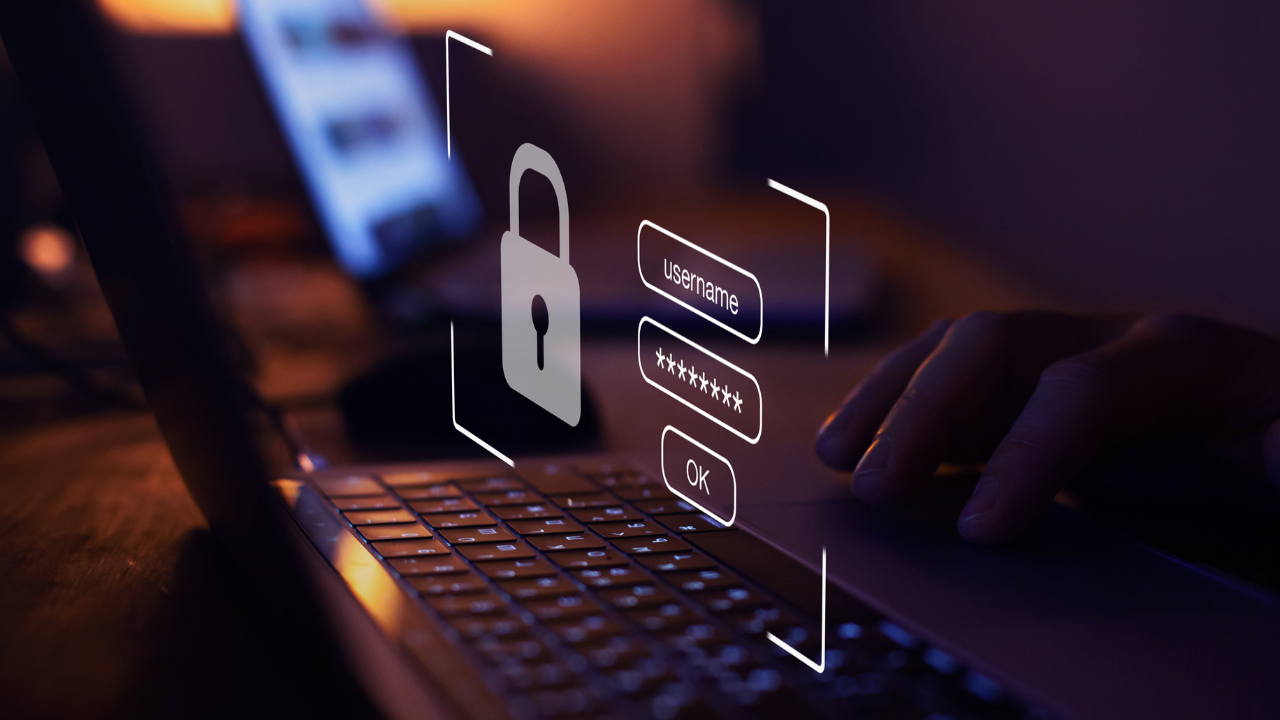
A recent cyberattack exposed billions of login credentials tied to major platforms. Here’s how to protect your digital presence — and why it matters more than ever.
In today’s digital landscape, security is no longer just an IT concern — it’s a business-critical responsibility. This month, a major breach affecting a popular password management tool resulted in over 16 billion login credentials being leaked. Many of these were tied to everyday platforms like Google, Facebook, Apple, and Microsoft — the very tools most businesses rely on to communicate, advertise, and connect with customers.
While your business may not have been directly impacted, the reality is that many organizations are unknowingly exposed through weak password habits, shared access, or outdated security settings. A compromised account can lead to unauthorized social posts, stolen ad spend, or even long-term damage to your brand reputation.
So what should you do to reduce your risk and protect your accounts moving forward?
Start by establishing clear password protocols for your team. Every account — from your business Instagram to your CRM — should have its own unique, complex password. Reusing logins across platforms is one of the most common vulnerabilities, and one of the easiest to fix. If you’re using a password manager, make sure it’s from a trusted provider with a strong security record.
Next, make two-factor authentication (2FA) your new standard. It’s one of the most effective ways to block unauthorized access, even if your password is leaked. Most platforms now offer 2FA, and while it may seem like an extra step, it significantly lowers your risk. For even stronger protection, opt for an authenticator app instead of text message verification when possible.
It’s also important to regularly review who has access to your accounts. Many businesses forget to remove old employees, agencies, or third-party tools from their systems. These dormant connections can quietly become entry points for attackers. Set a quarterly reminder to audit permissions across all key platforms and remove anything that’s no longer essential.
Another smart move is to educate your team on phishing and impersonation attempts. After large breaches like this one, it’s common for cybercriminals to follow up with convincing fake emails, login pages, or “security alerts” designed to trick people into handing over their credentials. Make sure everyone on your team knows how to verify suspicious messages and avoid clicking unknown links.
Equally important is your choice of digital tools. From password managers to collaboration platforms, it’s worth evaluating the security history and reputation of the software your team depends on. Look for tools that offer end-to-end encryption, audit logs, and admin-level controls.
Finally, every business should have a plan for responding to a security incident. Know how to quickly lock down an account, notify platforms, alert your audience, and recover control. Having backup admins, clear documentation, and emergency contacts on hand can make a big difference if the unexpected happens.
At BlockHub, we understand how much is riding on your online presence. We’re here not only to help you grow your business, but also to make sure it’s protected every step of the way. If you’re unsure whether your current setup is secure — or want help building a more resilient digital foundation — we’re just a message away.
Ready to strengthen your digital security?
